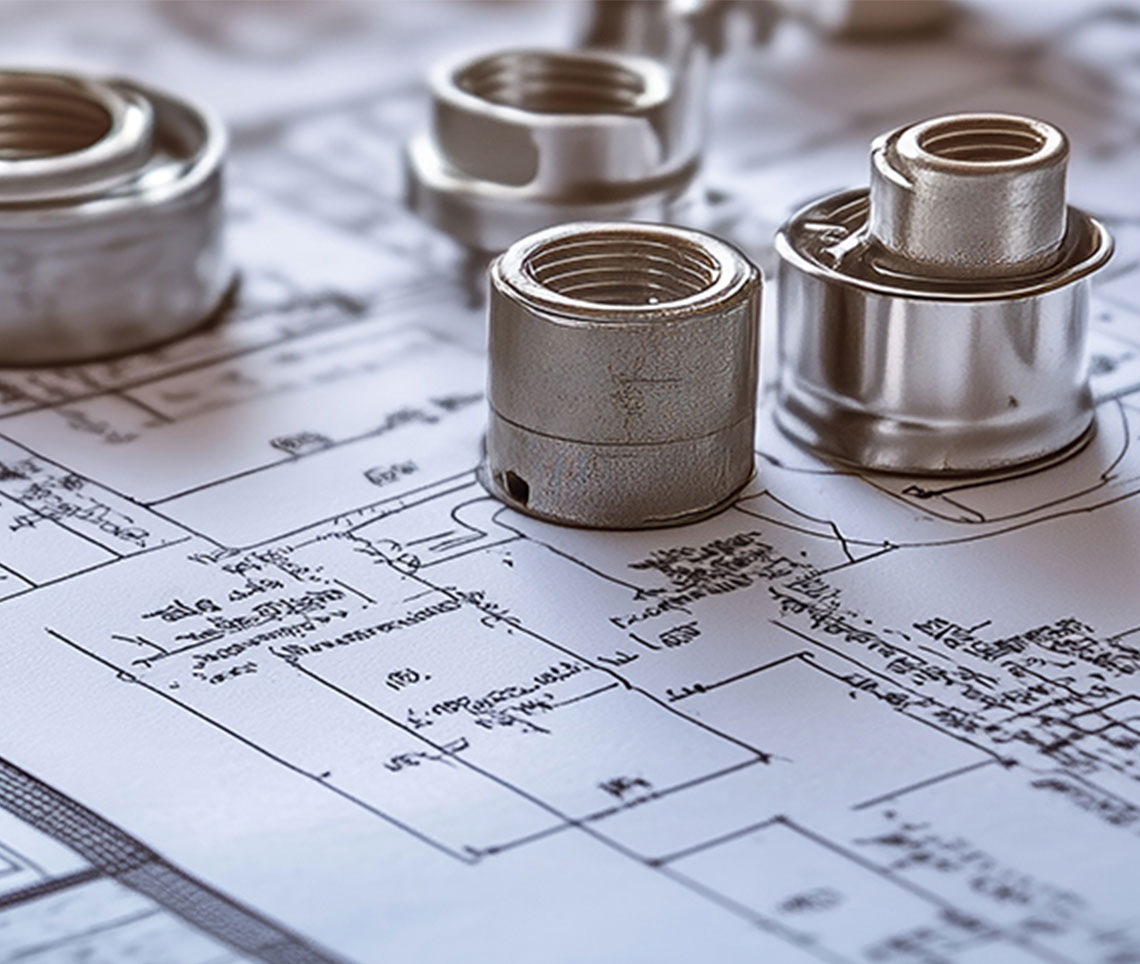Troubleshooting your AC or Ductless System
September 8, 2022 Jeff Rosenblum
Problem: The air conditioner or ductless system that was just installed isn’t keeping my space cool
Answers: On the surface it seems like a simple problem with a simple answer. Unfortunately, there needs to be some leg work done before we can even decide which direction will fix the problem.
- Let’s start with the obvious. It could be an equipment issue where the manufacturer or distributor service technician will need to be involved. If the unit is performing properly then we can move onto the next set of questions.
- How was the system designed? Was the customer involved in what their desired setpoint should be? Was a load estimate performed? Was the system installed according to how the manufacturer intended it to be installed?
These questions aren’t to uncover who’s right and who’s wrong, but it does provide a clear pathway into what should be done to try and help fix the problem.
How was the system designed? Every system should have a basis of design. What I mean by that is when sizing a heating system, you need to determine what the desired indoor temp should be at a certain outdoor temperature. In Akron Ohio, I believe the ACCA Manual on design states that the indoor equipment in heating should be able to maintain 70 degrees Fahrenheit when the outdoor temperature is 5 degrees Fahrenheit. The outdoor design temperature may vary a bit depending on which weather recording station is used for various cities around the state, but for this example we’ll agree that 70 indoors for heating is acceptable when the outdoor temperature is 5 degrees outdoors. The outdoor design temperature is not the lowest recorded outdoor temperature. Temperature extremes only occur a few hours a year and do not represent the actual conditions experienced during a normal winter. Two people can design a system and end up with different sizes based on design criteria. I would venture to guess that most contractors that I’ve dealt with would use 70 indoors and maybe 0 degrees outdoors. When you add that extra 5 degrees to your design you are adding a little fudge factor to protect yourself from any heat loss calculation errors that may occur in the next step. On the flip side if you look at Akron Ohio in the summer the design temperature is 75 indoors and 88 degrees outdoors. Most contractors will deviate from these numbers and use 70 indoors and 95 outdoors to make sure the system is large enough to handle those few days in Akron when we get close to 95 degrees. There are a lot of problems that come from oversizing a system, but we’ll get to those later.
The point is the design parameters are important and they will definitely impact the size and performance of the installed equipment.
Interesting theory - Since heat loss is a straight-line function (which means for every degree of heat you need to add, you need the same amount of BTUH’s). A 70,000 btu furnace and a 70-degree temperature difference would mean that for every degree below my setpoint I would need 1000 btu to heat my house. That’s why when we have mild days & nights the furnace comes on, runs for a few minutes, and shuts off. The colder it gets the longer the furnace runs. Makes sense. The theory would be that if you had a perfectly performed heat loss at 70,000 BTUH and an installed furnace that produced 70,000 BTU of heat, you should be able to maintain a 70-degree setpoint at your thermostat if the outdoor temperature was 0 degrees (assuming you used a design temp of 70 indoors and 0 outdoors). At that ideal scenario the furnace should run for one continuous hour (providing 70,000 btu of heat and the thermostat should stay at 70 degrees the entire time. That would be perfection since furnaces are sized based on btu’s PER HOUR. Guess what ---- never happens. Furnace will always shut off because the Heat load calculations do not take credit for all the heat being given off by people and appliances. Never thought about that, but people and appliances give off heat that contributes to heating your house. Conversely when doing a heat gain those people and appliances need to be considered as well because they are now adding heat to the structure in the summer.
Was the customer involved in what their desired setpoint should be? Using design temperatures is great for most customers. I would highly recommend you get in the habit of asking the people what they set their thermostat at (if they already have heating / cooling). If you are doing a new room, addition, room over the garage or previously unheated / cooled space I would ask what the customers’ expectations are. Hopefully they will say something between 70-72 for heating and something between 70-75 for cooling. Most times they will but sometimes they won’t. That’s a key piece of information you need to know. Never guess at what you think it should be. You can have a stack of manuals to prove you right in your design, but the customer is the judge and jury and I always wanted to know what they were expecting. Better to know before you start (so maybe you don’t start) than after the fact when you’re replacing a system or dealing with an unhappy customer.
The point is not to be surprised after the fact. Ask up front. 98% of the time they will provide the answer you’re looking for but the other 2% of the time you will be able to adjust accordingly.
Was a load estimate performed? This is most critical. Skipping this step drastically increases the probability of returning to the job trying to explain a lot of things that will never have an answer. A load estimate will look at a lot of different things and help you calculate what size equipment should be installed. A load estimate will look at a variety of building components and help determine how fast the structure will lose heat or gain it. Simple physics say that heat moves from where it’s hot to where it’s not so hot. If this statement wasn’t true, you could poor a cup coffee and it would never get cold. Heat moves from where it’s hot to where it’s not. Very simple concept. A heat loss will evaluate the structure and how it’s built. How much insulation is in the walls, the ceiling, is the room over an unheated garage, how many windows, which way do they face, what size and how many panes of glass they have. In the winter when you heat a room to 70 degrees remember the outdoor temp is maybe 0 degrees, so the heat you just paid for in the living space is trying to move from the inside of the house to outside, (where it’s not 70 degrees). It’s just physics. Also, where heating is concerned, the larger the difference between the indoor and outdoor temperature the faster the heat will try to escape. All these things factor into the result of what size unit to install.
Heat gain – Just like in heating the building materials are important, but there are a few more things to consider.
Two people can do a load estimate and the equipment size could be different. One person may use different design temperatures or maybe use different insulation values or choose different windows. Everything adds up and could result in a different equipment size. Point is that people need to understand what goes into a heat loss / gain and their choices matter.
When doing a heat gain the things that are important are the glass, which direction it faces, and what the windows are made of (regarding panes of glass). North & East Facing glass is not as bad as South & West facing glass. As the day progresses the sun starts to rise in the sky and heat up the house. At the same time, it starts to shine in the South and West facing windows. This is a big deal and can add as much as 12,000 – 24,000 Btu’s to a house. Yes, the direction really does have that much of an effect.
Was the system installed according to how the manufacturer intended it to be installed? I will guess that for the most part the system was installed properly. The only thing to be really concerned with is head placement and line set length. All manufacturers have different guidelines, but a key value to adhere to is equivalent length on the line set. If you travel over that distance and maybe even run it through a hot attic (attics can get close to 140 degrees), you may experience some line set loss. Line set loss may be between 1-7% depending on how much to go over their recommendations, but if your system is close to begin with, you can’t afford to be losing anything. The manufacturer has done the lab testing and I would trust them. If you’re exceeding the manufacturers recommendations, you’re actually doing some scientific testing for them in the field. Probably not going to turn out well, but hey, it’s data and you’ll know how far you can go the next time.
I know this was a lot, but when a system isn’t working it’s not rocket science. If the unit isn’t doing what the manufacturer intended, then the distributor and the manufacturer need to address it. Everything else is probably the installing contractor or the customer not understanding how to use it.















